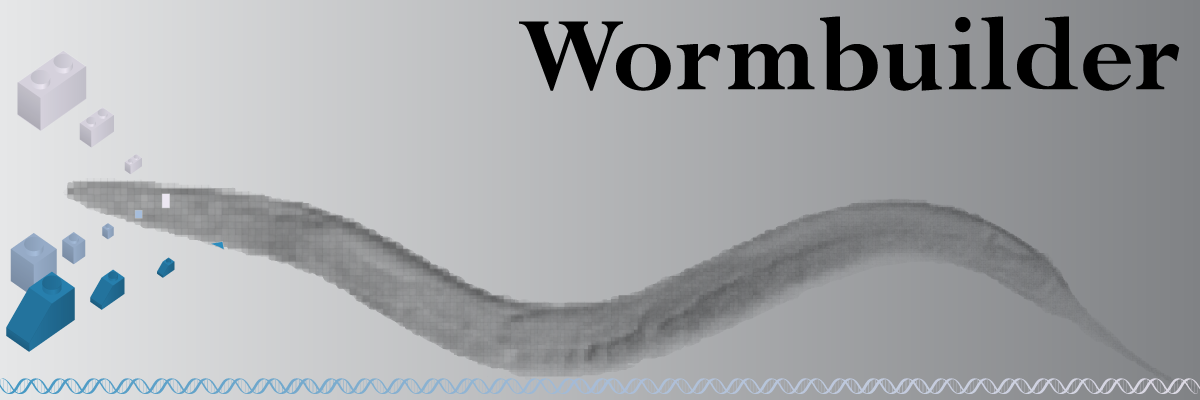There are vectors with cb-unc-119(+), NeoR, PuroR and HygroR selection or without a selection marker that are compatible with either three-fragment Gateway cloning or restriction/Gibson cloning. See plasmids for info.
Step 2Maintain healthy injection strainHealthy worms are much easier to inject and result in higher insertion frequencies. Maintain unc-119 strains on HB101 at 15°C or 20°C.
Step 3Make injection mixUse 10 ng/ul of the miniMos vector and add co-injection markers (pCFJ601 @ 50 ng/ul, pMA122 (optional) @ 10 ng/ul, pGH8 @ 10 ng/ul, pCFJ90 @ 2.5 ng/ul, pCFJ104 @ 5 ng/ul). If necessary, add DNA ladder for a total concentration of 100 ng/ul. High-quality DNA (midiprep, for example) may improve insertion frequency
Step 4Inject animals and place at 25°CPlace one, two or three animals on each seeded plate. Put the injected animals at 25°C until they starve out completely (~ 1 week). Important: The insertion frequency is very temperature-dependent and does not work well at lower temperatures (15°C or 20°C).
Step 5Heat-shock injected animals (optional)If you added the negative selection marker pMA122 or used one of the miniMos vectors with Phsp:peel-1 in the backbone, you can kill (most) array animals by a two hour heat-shock at 34°C in an air incubator. Array animals are dead approximately 4 hours after heat-shock.
Step 6Screen for miniMos insertionsScreen plates for animals that move like wildtype worms but do not have any of the red co-injection markers. Pick a couple of non-red, rescued animals to a new plate. Note: we often recover multiple insertions from a single injected animal, so it may be worth screening several animals from the same injection plate.
Step 7Single and characterize insertionHomozygose the insertion starting from a single, clonal animal. Characterize and verify insert in enough detail for your particular experiment (this ranges from just verifying fluorescence of a reporter strain to more elaborate molecular methods to determine the insertion site by inverse PCR or to verify that the full transgene was inserted).
Detailed protocols
Protocol: Generating miniMos insertions
Protocol: Inverse PCR to map insertions
Detailed protocols in Word format
